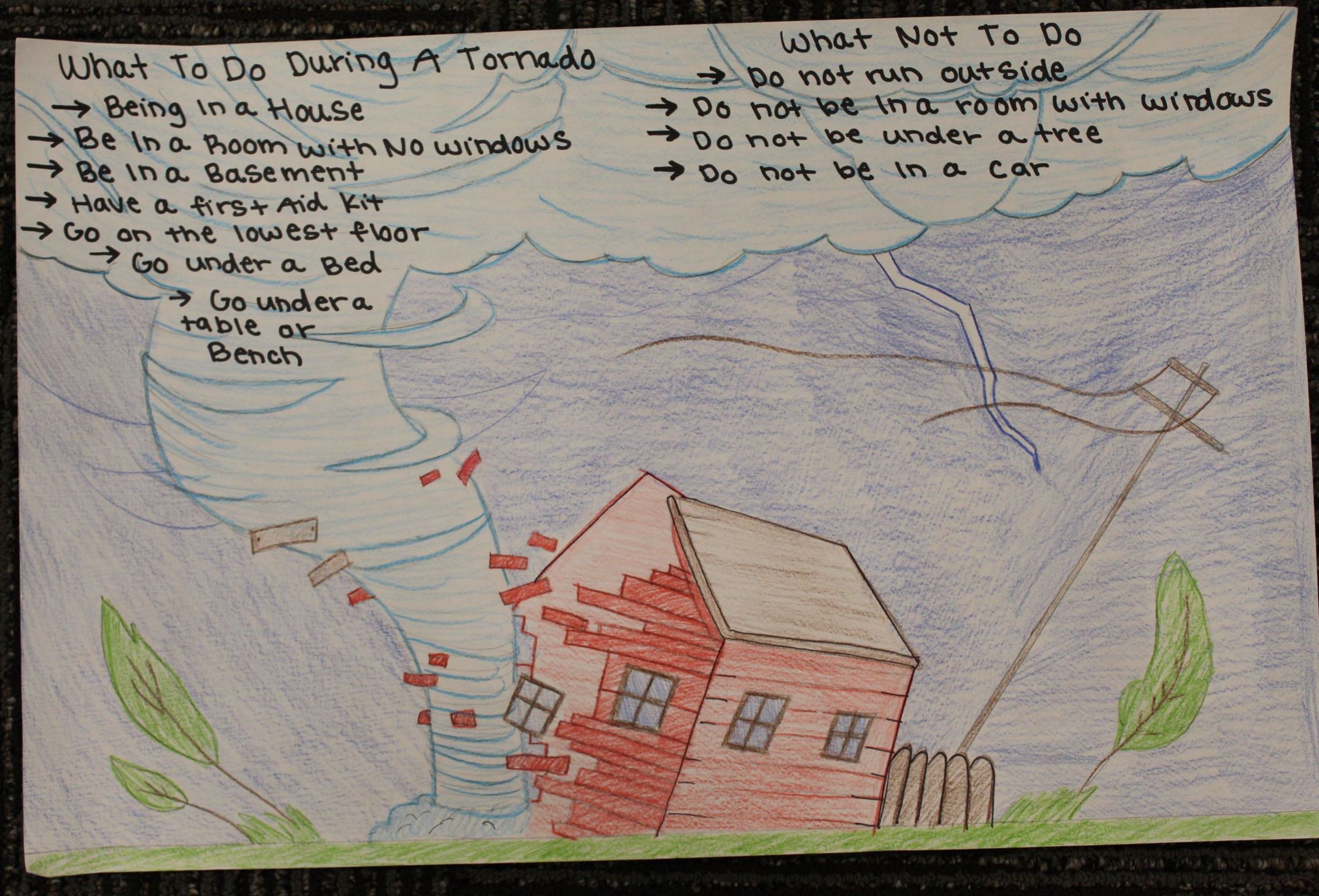Severe Weather Awareness: Recognizing And Responding To Damaging Winds

Table of Contents
Recognizing the Signs of Damaging Winds
Understanding the potential dangers of high winds begins with recognizing their warning signs. This includes understanding wind speed categories, noticing visual and auditory cues, and diligently monitoring weather reports and warnings.
Understanding Wind Speed Categories
Wind speed is categorized to indicate the severity of the weather event and the potential for damage. Different levels of wind speed denote increasingly dangerous conditions.
- Gale Force Winds (39-46 mph / 63-74 km/h): High winds can cause significant tree damage and make driving difficult. Expect power outages and minor structural damage.
- Storm Force Winds (47-73 mph / 76-117 km/h): These winds can cause substantial damage to trees, power lines, and buildings. Flying debris becomes a serious hazard.
- Hurricane-Force Winds (74 mph and above / 119 km/h and above): These extremely dangerous winds cause widespread destruction, including significant structural damage to buildings and potentially even complete destruction. Storm surge is a serious threat in coastal areas.
| Wind Speed Category | mph (km/h) | Potential Damage |
|---|---|---|
| Gale | 39-46 (63-74) | Minor tree damage, power outages, difficult driving |
| Storm | 47-73 (76-117) | Substantial tree and structural damage, flying debris |
| Hurricane-Force | 74+ (119+) | Widespread destruction, severe structural damage |
Visual and Auditory Cues
Before the arrival of damaging winds, several visual and auditory cues can provide critical warnings:
- Visual Cues: Dark, ominous clouds; rapidly rotating clouds (funnel clouds, dust devils); swirling debris; a sudden, significant drop in barometric pressure; bowing radar echoes on weather radar images.
- Auditory Cues: A noticeable increase in wind howl; a whistling or roaring sound; the cracking of trees under stress.
[Insert image of a bowing radar echo here]
Weather Reports and Warnings
Staying informed is critical for effective preparation. Regularly monitor weather forecasts and alerts from reliable sources:
- National Weather Service (NWS): The primary source for weather information in the United States.
- Local News: Many local news stations provide up-to-the-minute weather reports and warnings.
- Weather Alert Apps: Numerous mobile apps offer real-time weather updates and severe weather alerts.
Understanding the difference between weather watches and warnings is crucial: A watch means conditions are favorable for severe weather; a warning means severe weather is imminent or occurring.
Responding to Damaging Winds
Effective response involves proactive preparation, safe shelter seeking, and responsible post-storm actions.
Preparing for Damaging Winds
Preparation is key to minimizing damage and ensuring safety. Proactive measures include:
- Trim Trees: Remove dead or weak branches that could fall and cause damage.
- Secure Loose Objects: Bring loose items indoors, secure outdoor furniture, and reinforce anything that could become airborne.
- Create an Emergency Plan: Establish a communication plan with family members and determine a designated meeting place.
- Assemble an Emergency Kit: Include water, non-perishable food, flashlights, a battery-powered radio, a first-aid kit, and any necessary medications.
[Insert checklist for preparing for damaging winds here]
Seeking Shelter During Damaging Winds
Your response will vary based on your location:
- Indoors: Move to an interior room on the lowest level of your home, away from windows. A basement or interior closet is ideal. Avoid windows and exterior walls.
- Outdoors: If caught outdoors, find immediate shelter in a sturdy building. If no shelter is available, lie flat in a ditch or low-lying area, protecting your head.
Post-Storm Actions
After the damaging winds subside, take these crucial steps:
- Assess Damage: Check for structural damage to your home and property. Be cautious of downed power lines and debris.
- Contact Emergency Services: Report any injuries or significant damage to the appropriate authorities.
- Report Power Outages: Contact your power company to report outages and request restoration.
- Clean Up Safely: Be cautious when clearing debris. Wear protective gear and use proper equipment. Document all damage for insurance purposes.
Contact your insurance company promptly to file a claim. Keep records of all communication and expenses.
Conclusion
Recognizing the signs of damaging winds and responding appropriately are critical to minimizing risk and ensuring safety. By understanding wind speed categories, noticing visual and auditory cues, and monitoring weather forecasts diligently, you can prepare effectively. Remember to take proactive steps to mitigate potential damage, seek appropriate shelter during a storm, and take the necessary post-storm actions. Stay safe from damaging winds by preparing for damaging winds today and learning more about damaging wind safety. Visit the National Weather Service website for more information and resources: [Insert NWS website link here].

Featured Posts
-
 Nantes Et Ses Tours L Essor Du Metier De Cordiste
May 21, 2025
Nantes Et Ses Tours L Essor Du Metier De Cordiste
May 21, 2025 -
 Is This The End For The Abc News Show After Layoffs
May 21, 2025
Is This The End For The Abc News Show After Layoffs
May 21, 2025 -
 Juergen Klopp Real Madrid In Yeni Teknik Direktoerue Olabilir Mi
May 21, 2025
Juergen Klopp Real Madrid In Yeni Teknik Direktoerue Olabilir Mi
May 21, 2025 -
 Efimereyontes Iatroi Stin Patra Savvatokyriako
May 21, 2025
Efimereyontes Iatroi Stin Patra Savvatokyriako
May 21, 2025 -
 D Waves Qbts Quantum Leap Ai And The Future Of Drug Development
May 21, 2025
D Waves Qbts Quantum Leap Ai And The Future Of Drug Development
May 21, 2025
